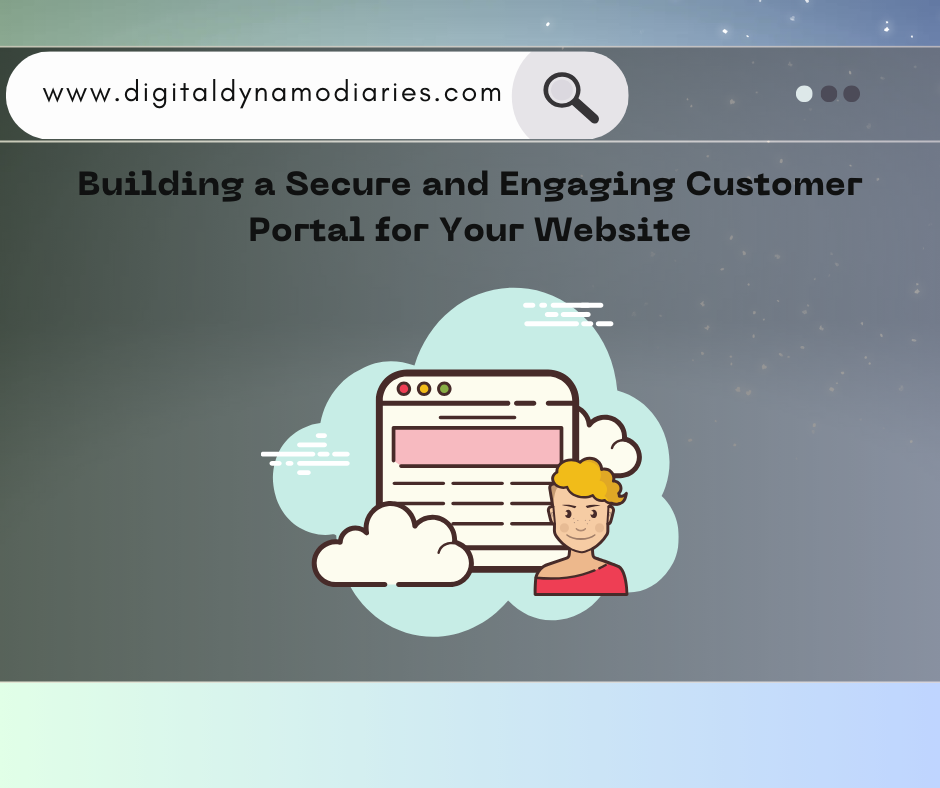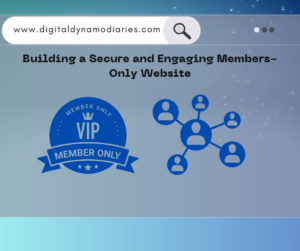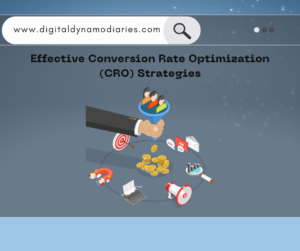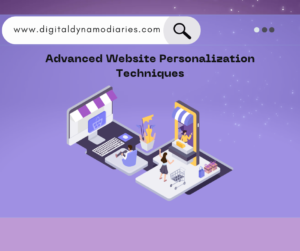Building a Secure and Engaging Customer Portal for Your Website
A customer portal is an invaluable feature for businesses looking to provide a personalized experience to their customers. It serves as a centralized hub where clients can access their account information, submit support tickets, view product updates, and manage orders. In today’s fast-paced digital landscape, integrating a customer portal into your website can significantly enhance customer satisfaction and engagement.
This article will guide you through the steps of building a secure and engaging customer portal for your website, from planning and features to security considerations and ongoing management.
Why You Need a Customer Portal
Before diving into the technicalities, it’s essential to understand why a customer portal is vital for your business. A well-designed portal can:
1. Improve Customer Experience: Customers can manage their accounts, make requests, and access information at their convenience without waiting for customer service.
2. Enhance Engagement: A portal offers an opportunity to share updates, promotions, or personalized content.
3. Streamline Processes: Automating tasks like billing, ticket management, or orders helps reduce the burden on customer support teams.
4. Increase Retention: Customers who have easy access to self-service tools are more likely to remain loyal.
Key Features of a Successful Customer Portal
The effectiveness of your customer portal depends on the features you offer. Below are essential features that will make your portal user-friendly and engaging:
1. User Authentication and Authorization: Ensure that users can create accounts, log in securely, and manage their profiles. Utilize multi-factor authentication (MFA) and secure password protocols to safeguard user data.
2. Dashboard Overview: The portal should present a clear, customizable dashboard where users can get an overview of their activity. This might include account details, recent transactions, open tickets, or subscription information.
3. Self-Service Capabilities: Allow users to perform common actions like updating account information, viewing invoices, placing orders, or managing subscriptions without contacting customer support.
4. Support Ticket System: A robust support system is critical. Provide an easy way for customers to submit and track support tickets or chat with customer service representatives directly within the portal.
5. Resource Library: Offer educational resources such as FAQs, how-to guides, and documentation to help users navigate your products or services more effectively.
6. Real-Time Notifications: Keep users informed through real-time notifications on their dashboard about important updates like billing reminders, service interruptions, or product updates.
Building the Customer Portal: Step-by-Step
Now that you understand the importance of a customer portal and its key features, let’s break down the process of building one:
1. Define Your Goals
Start by clearly defining what you want to achieve with your customer portal. Is it primarily for account management? Do you want it to handle customer support? Knowing your objectives will help you choose the right features and design.
2. Choose the Right Platform
You have two main options when building a customer portal:
- Custom-built solution: This involves developing a portal from scratch, tailored specifically to your business. It offers flexibility but may require more development resources.
- Third-party solutions: There are many software-as-a-service (SaaS) platforms like Zendesk, Freshdesk, or HubSpot that offer ready-to-use customer portals. These are quicker to set up but may have limitations in customization.
3. Design the User Interface (UI)
An intuitive, responsive design is critical to customer satisfaction. Focus on making the portal easy to navigate with a clean layout, clear labels, and concise instructions. Ensure it is mobile-friendly since many users will access it from their smartphones.
4. Implement Secure Authentication
Security should be a top priority. Implement secure authentication methods like MFA, encrypted communication (SSL), and regular password updates to protect customer data. If handling sensitive information, ensure your portal complies with data protection regulations like GDPR or CCPA.
5. Integrate with Existing Systems
Your customer portal should seamlessly integrate with your existing systems such as CRM (Customer Relationship Management), billing software, and inventory management systems. This ensures that customers get real-time updates and access to the latest information.
6. Test for Usability and Security
Before launching the portal, test its usability. Involve real customers in beta testing to identify any pain points in navigation or functionality. Additionally, perform security audits to ensure the system is protected from potential threats like data breaches.
Enhancing Customer Engagement Through Your Portal
To make the most of your customer portal, focus on engagement strategies that will keep users coming back.
1. Personalization: Deliver a tailored experience by recommending products, services, or content based on the user’s past behavior. Use customer data to create personalized offers and notifications.
2. Gamification: Incorporate elements of gamification, such as reward points, badges, or levels, to encourage regular use of the portal. Customers can earn rewards for actions like completing their profiles or submitting feedback.
3. Regular Updates and New Features: Continuously improve the portal by adding new features based on user feedback. Regularly update the portal to keep it secure and functional. Communicate new features through notifications or emails to encourage users to explore them.
Maintaining the Customer Portal
Building a customer portal is only the beginning. Maintaining it is crucial to ensure ongoing functionality, security, and user satisfaction.
1. Regular Security Audits: Perform periodic security checks to identify vulnerabilities and address them quickly. This is especially important if your portal handles sensitive customer data.
2. Customer Feedback Loop: Create a channel where users can provide feedback on their experience. Use this feedback to make continuous improvements to your portal.
3. Performance Monitoring: Regularly monitor the portal’s performance using tools like Google Analytics or server monitoring tools. This ensures the portal is running smoothly and helps identify any potential bottlenecks or downtime.
Conclusion
Adding a customer portal to your website offers immense benefits to both your business and your customers. It enhances customer experience, streamlines operations, and helps build long-lasting relationships. By focusing on security, usability, and ongoing improvements, your customer portal can become a vital tool for engagement and satisfaction.
Ensure that the portal aligns with your business goals, choose the right platform, and continuously improve it to meet your customers’ evolving needs. With the right approach, your customer portal will become a key element in your online presence, driving engagement and enhancing customer loyalty.



